
The history of the spiritual center began with the miraculous appearance of the Icon of the Mother of God. A legend has it that this happened in 1470.
In a forest owned by Treasurer of the Grand Duchy of Litva (Lithuania) Alexander Soltan, shepherds noticed a bright light breaking through the branches of a wild pear tree. As it turned out, it came from a small image of the Virgin and Child. The shepherds took the image down from the tree and took it to the landlord, but he did not pay attention to the story and locked the icon in a casket. In the evening, Soltan decided to show the find to the guests but… it was gone.
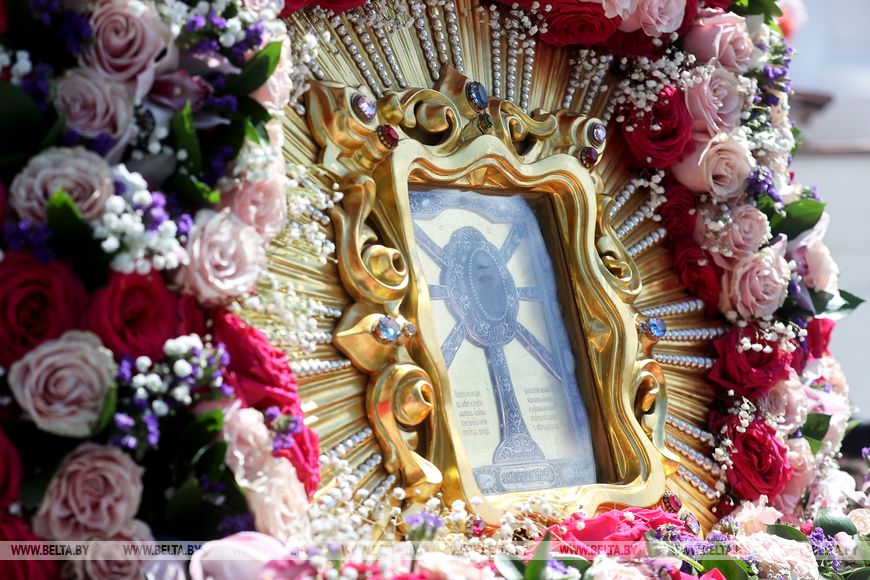
The following day, the shepherds again saw the image of the Virgin on the same pear tree and brought it to the nobleman. That time the landlord accepted the icon with reverence, vowing to build a temple on the site of its appearance. A new church was built in honor of the icon called the Zhirovichi Icon. The amazing story of the icon and the miracles that it worked turned Zhirovichi into a place of pilgrimage.
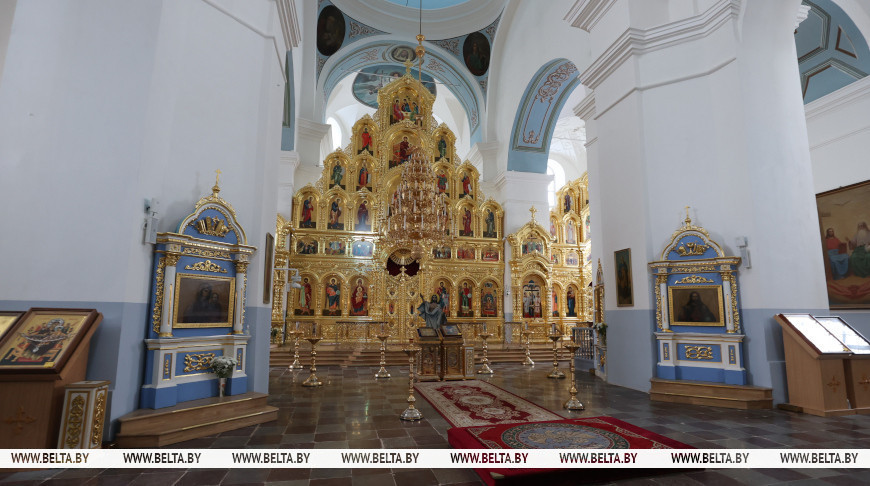
Around 1520, a fire broke out in the town. The wooden church burned down, and the icon was never found in the ashes. Only the church school survived. One day local children wandered off to the hillock and saw the Mother of God radiating light and holding the lost shrine in her hands. The children hurried back to the village to tell the news to the adults. The villagers rushed to the hillock to find the miraculous image on the boulder with a candle lit next to it. That was the second appearance of the Zhirovichi Icon.
Some time later, a new stone church was built on the site of the wooden one. It became the home to the relic. Soon an Orthodox male monastery was established at this church. It was first mentioned in the chronicles in 1587.
The construction of the Dormition Cathedral began in the first half of the 17th century. It was subsequently rebuilt several times. It acquired its modern appearance in the second half of the 19th century.
In 1655, during the war between the Tsardom of Moscow and the Polish-Lithuanian Commonwealth, the Zhirovichi Monastery was ravaged and burned. However, shortly after, the monastery managed to return to normal life.
Around 1672, a church was built in honor of the Nativity of the Mother of God on the site of the second discovery of the Zhirovichi Icon. This church is better known as the Theophany Church. The stone on which children saw the Holy Mother of God was placed in the altar of the church.
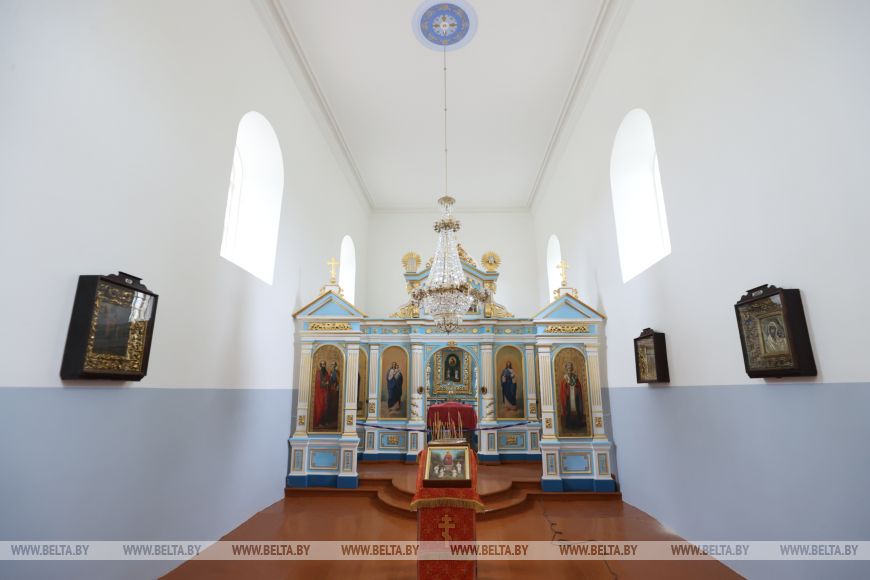
During the Great Northern War of 1700-1721, the monastery and its properties were looted by Swedish troops. In 1710, an outbreak of pestilence decimated the population of Belarus. According to an old legend, the disease killed almost all the monks of Zhirovichi; only one hieromonk survived. Over time, the Zhirovichi Monastery came back to life again, with a new residence building constructed for its monks. Today it houses Minsk Theological Seminary.
In 1795, as a result of the Third Partition of the Polish-Lithuanian Commonwealth, Zhirovichi became part of the Russian Empire. In 1810, the diocesan administration was moved here from Novogrudok, and the Assumption Church became a cathedral church. Shortly after that, pastoral and theological courses were opened at the monastery. And in the late 1820s, a theological seminary was established.
In 1901, the Zhirovichi Monastery became part of the Grodno and Brest dioceses.
During the First World War, the most valuable items of the monastery, along with the miraculous icon, were evacuated to Russia. Having occupied Zhirovichi, the Germans turned the monastery into barracks, chopped up the iconostasis of one of the monastery churches for firewood, and destroyed much of its property.
The monastery's revival began in 1918.
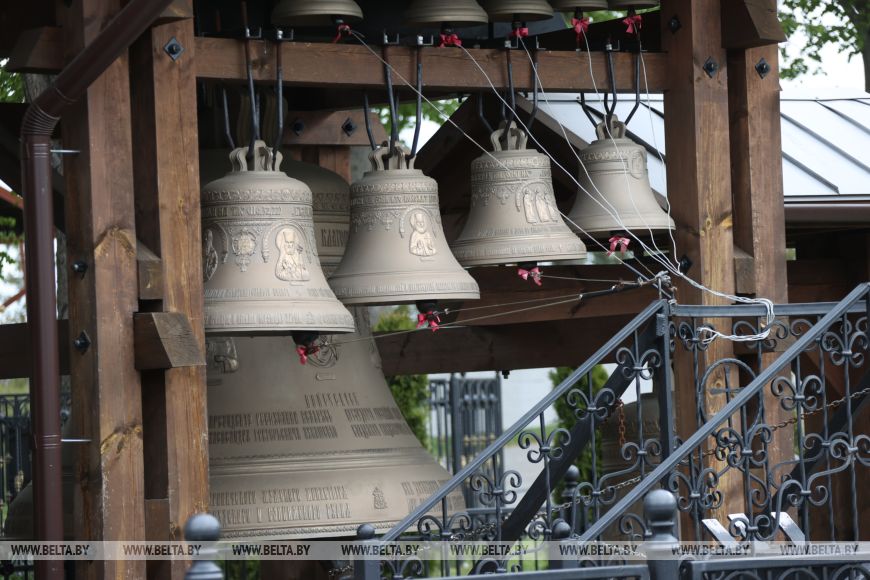
Metropolitan Filaret (Vakhromeyev) of Minsk and Slutsk was the priest-archimandrite of Zhirovichi Monastery from 1978 to December 2013. He was then replaced by Metropolitan Pavel of Minsk and Slutsk, Patriarchal Exarch of All Belarus. Since August 2020 the priest-archimandrite has been Metropolitan Veniamin of Minsk and Zaslavl, Patriarchal Exarch of All Belarus.
The architectural ensemble of the monastery has an irregular layout, picturesque volumetric-spatial composition and a clear shape. Its main temple is the Holy Dormition Cathedral, which features a combination of baroque, rococo and classicism. It houses the greatest shrine of Belarus - the miracle-working image of the Mother of God of Zhirovichi. This year is marking the 555th anniversary of the icon's discovery. It is very small, only a few centimeters, made of oval-shaped stone. The monastery celebrates the appearance of the image every year on 20 May. A small St. Nicholas (winter) church adjoins the Holy Dormition Cathedral on the right side. It is a stone temple with an original mosaic floor, which gives the impression of a cave-like first Christian temple. To the left of the cathedral is the Minsk Theological Seminary.

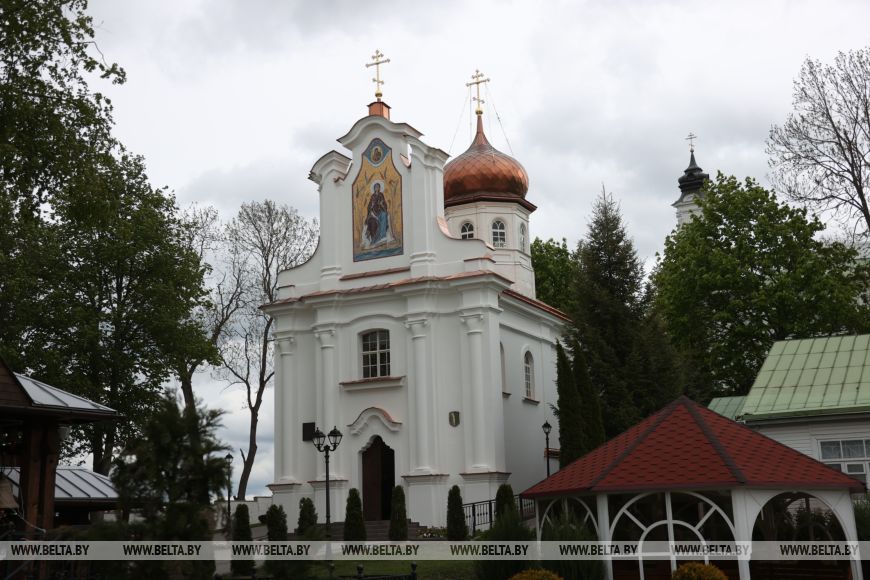
On the grounds there is also Theophany Church, built on the site of the second finding of the Zhirovichi icon. The interior of the church is small. Under its floor there is a small tomb.
The architectural ensemble of the monastery also includes the unique Church of the Holy Cross, built in 1769. The stone one-nave temple is dedicated to the rite widespread in the 18th century, symbolizing the pilgrimage to Jerusalem. Half of the church inside is occupied by a staircase, a copy of the Holy Stairs (Latin: Scala Santa), which is located proximate to the Archbasilica of Saint John in Laterano.
The fifth church in Zhirovichi is wooden St. George's Church from the 18th century, built in the form of a rectangular log cabin. The church is located in the old cemetery on the northwestern outskirts of Zhirovichi.
There are several holy springs in Zhirovichi. One of them is under the altar of the Holy Dormition Cathedral (according to the legend, this is the place where the stream flowed from under the roots of a wild pear tree, on which the icon of the Virgin Mary was found). There are also refectories, church shops and a pilgrim's house on the grounds of the monastery.
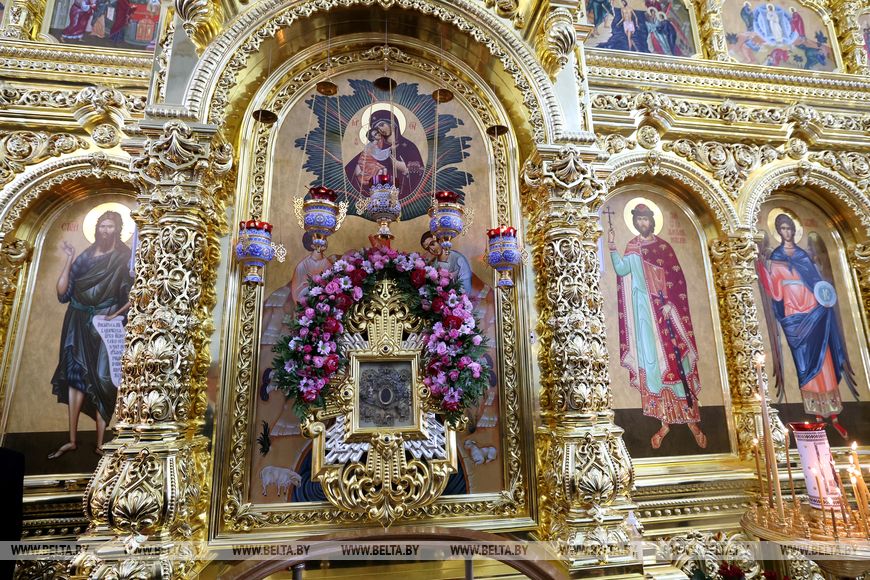
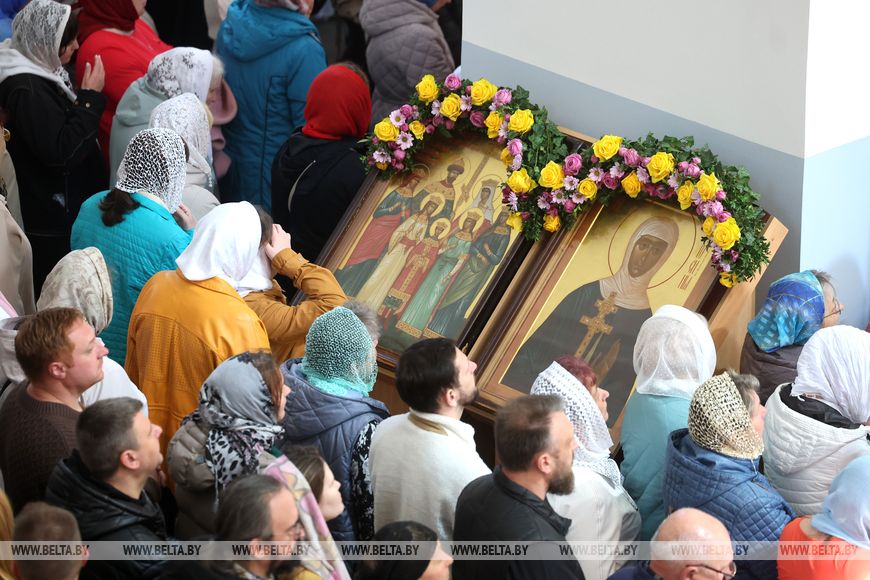
For more than 500 years the Holy Dormition Stavropegic Monastery in Zhirovichi has been a stronghold of Orthodoxy in the Belarusian lands. The monastery has always been not only a spiritual but also an educational center. It survived many tragic moments of history and was reborn every time. Great princes, kings, magnates, and pilgrimages of ordinary people came to see the miracle-working icon of the Mother of God, located in the monastery. These days the shrine is famous both in our country and far beyond its borders. The Holy Dormition Monastery in Zhirovichi is a place of incredible spiritual power. Having been here, people leave it with a calm heart and peace. The monastery is rightfully called the Orthodox pearl of Belarus.













